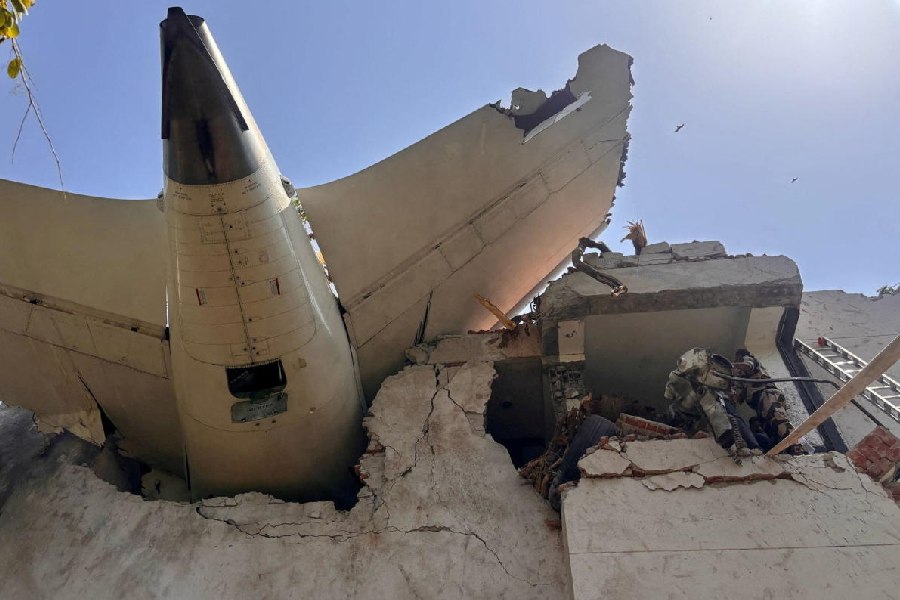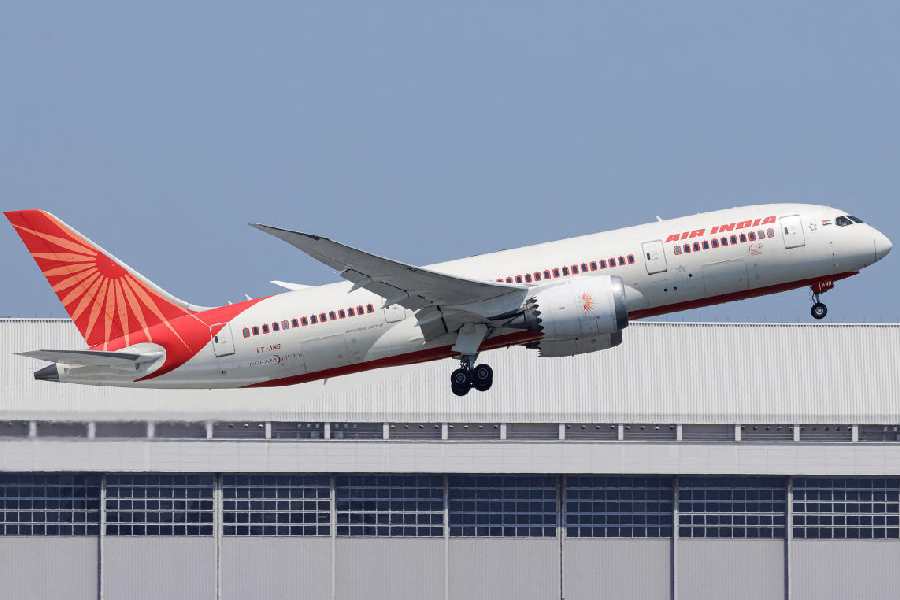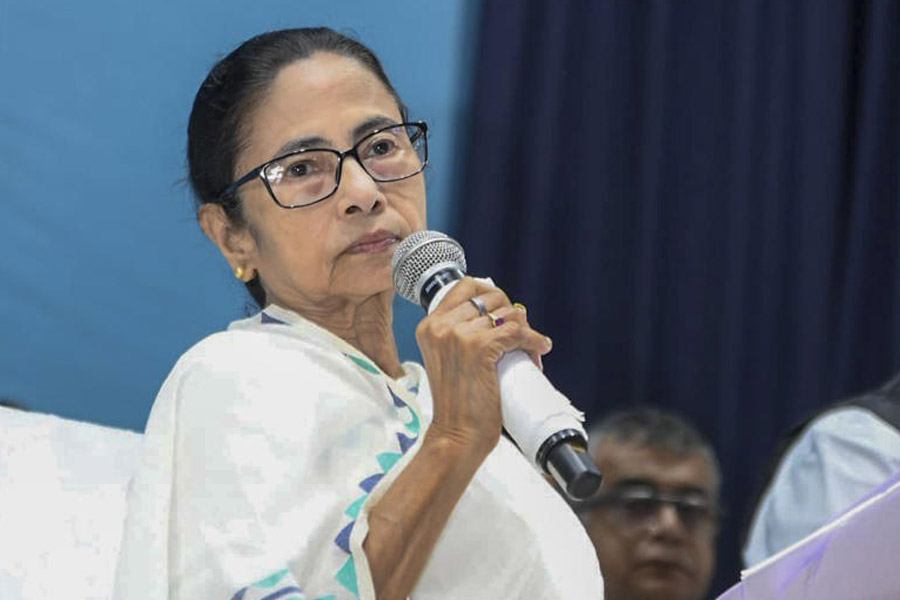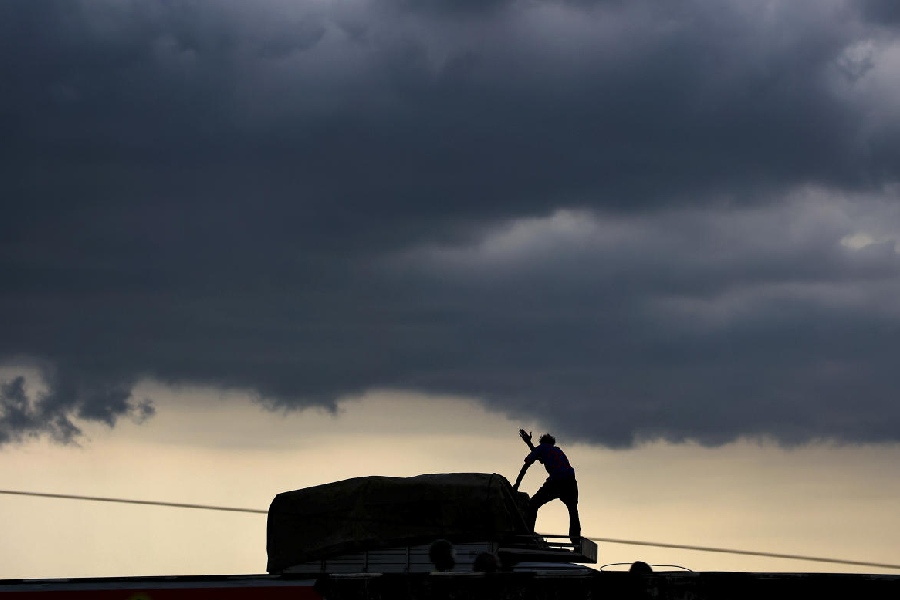 |
Arthashastra: The Science of Wealth By Thomas R. Trautmann, Allen Lane, Rs 399
The East India Company: The World’s Most Powerful Corporation By Tirthankar Roy, Allen Lane, Rs 399 Three Merchants of Bombay: DOING BUSINESS IN TIMES OF CHANGE By Lakshmi Subramanian, Allen Lane, Rs 450
Merchants of Tamilakam: Pioneers of International Trade By Kanakalatha Mukund, Allen Lane, Rs 399
Most history writing in India focuses on the sequence of political events. Our rich economic history is mentioned, if at all, as an afterthought. So, I was pleased to come across a delightful series, The Story of Indian Business, edited by Gurcharan Das. He is not only one of India’s leading intellectuals but also had a long and successful corporate career. There are few other people who could have joined the different strands of India’s commercial history and connected them to the present. The four books in the series so far are for the “intelligent reader with no prior background in the field”.
My favourite is Merchants of Tamilakam by Kanakalatha Mukund, which focuses on the Indian Ocean trade in ancient times and the central role played by Indian, particularly Tamil, merchants in the global economic system. Mukund creates a fascinating picture of busy ports, throbbing bazaars, artisan guilds and temple banks. She focuses mostly on the merchants of the Tamil coast, but much of her discussion would have also been true of the coastline from Gujarat to Kerala and up the Coromandel coast to Bengal. The reader will be able to sense the central role played by commerce in the evolution of the Indian civilization.
The East India Company is generally seen as the monolithic and predatory multinational that plotted the British conquest of India. Tirthankar Roy’s The East India Company, however, speaks of the challenges faced by the company in managing a commercial empire during the age of sailing ships. The company struggled with unpredictable Indian rulers, competition from other Europeans, and its own agents who often used its network for personal gain. Roy, a historian at the London School of Economics, tells us how the East India Company often found it difficult to make profits and was unsure of its own survival.
Lakshmi Subramanian’s Three Merchants of Bombay deals with the same era but presents the story from the perspective of Indian merchants. Subramanian tells us how Trawadi Arunji Nathji of Surat maintained his vast commercial network at a time when the Mughal empire had collapsed and the British toehold in western India was still precarious. She shows how the Parsi merchant, Jamsetjee Jeejeebhoy, made a fortune in the opium trade with China. The most colourful character, however, is Premchand Roychand. He came from a humble background but made a fortune as a stock market and real estate speculator, lost it all when the bubble burst, and then built it back again from scratch. The book brings out their complex personalities and their relationship with the British rulers. These three characters embody the entrepreneurial spirit that still lives on in today’s Mumbai.
The only book in the series that I found a bit disappointing is Thomas Trautmann’s Arthashastra. It reads like an academic summary of Kautilya’s ancient treatise. This is unfortunate, since it relates to an important juncture in Indian history and deals with a book that may have been written by the man who created India’s first empire. I wish Trautmann had stepped out of the comfort of academic writing. Overall, Gurcharan Das’s series has made an excellent contribution. A number of new books are expected over the next year that promise a veritable feast.










